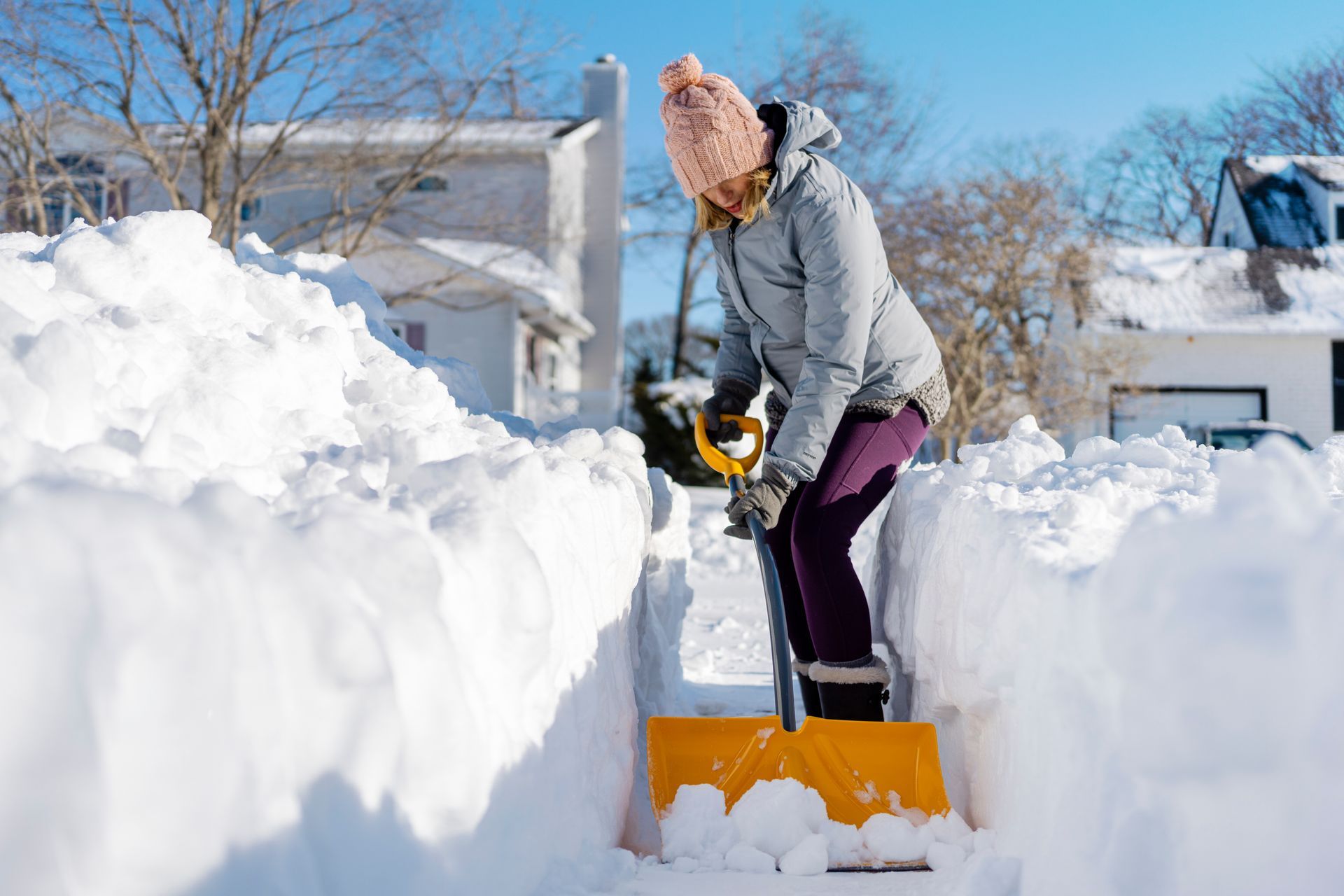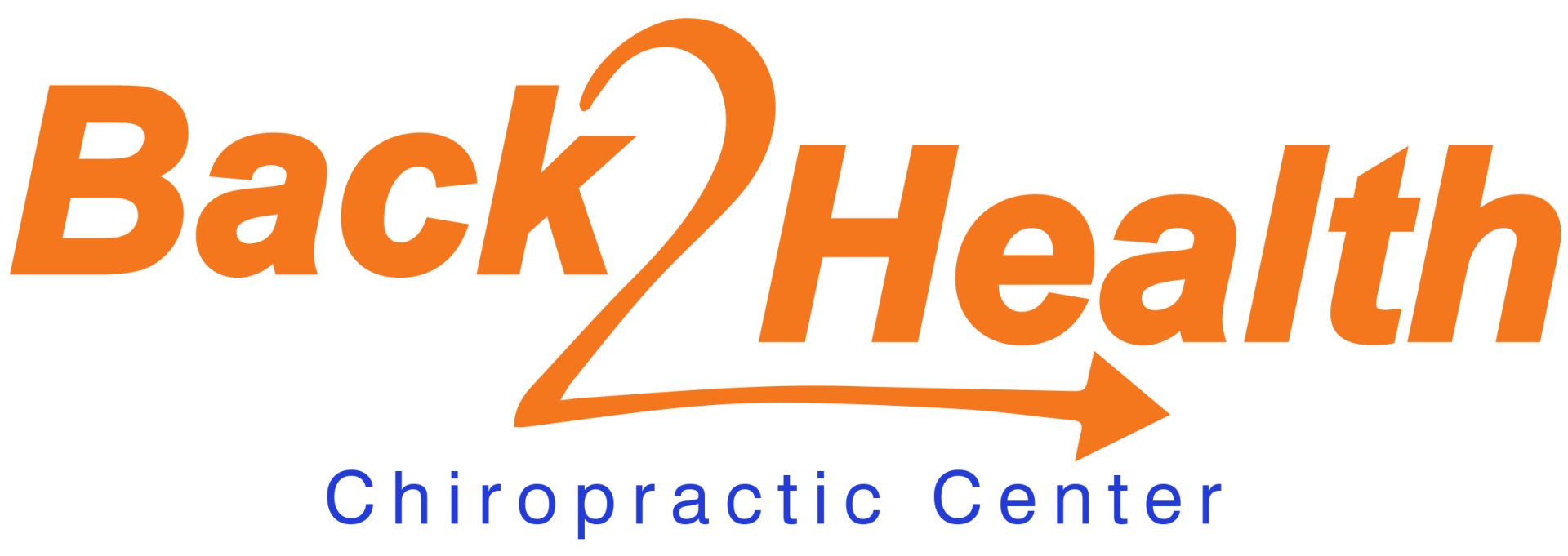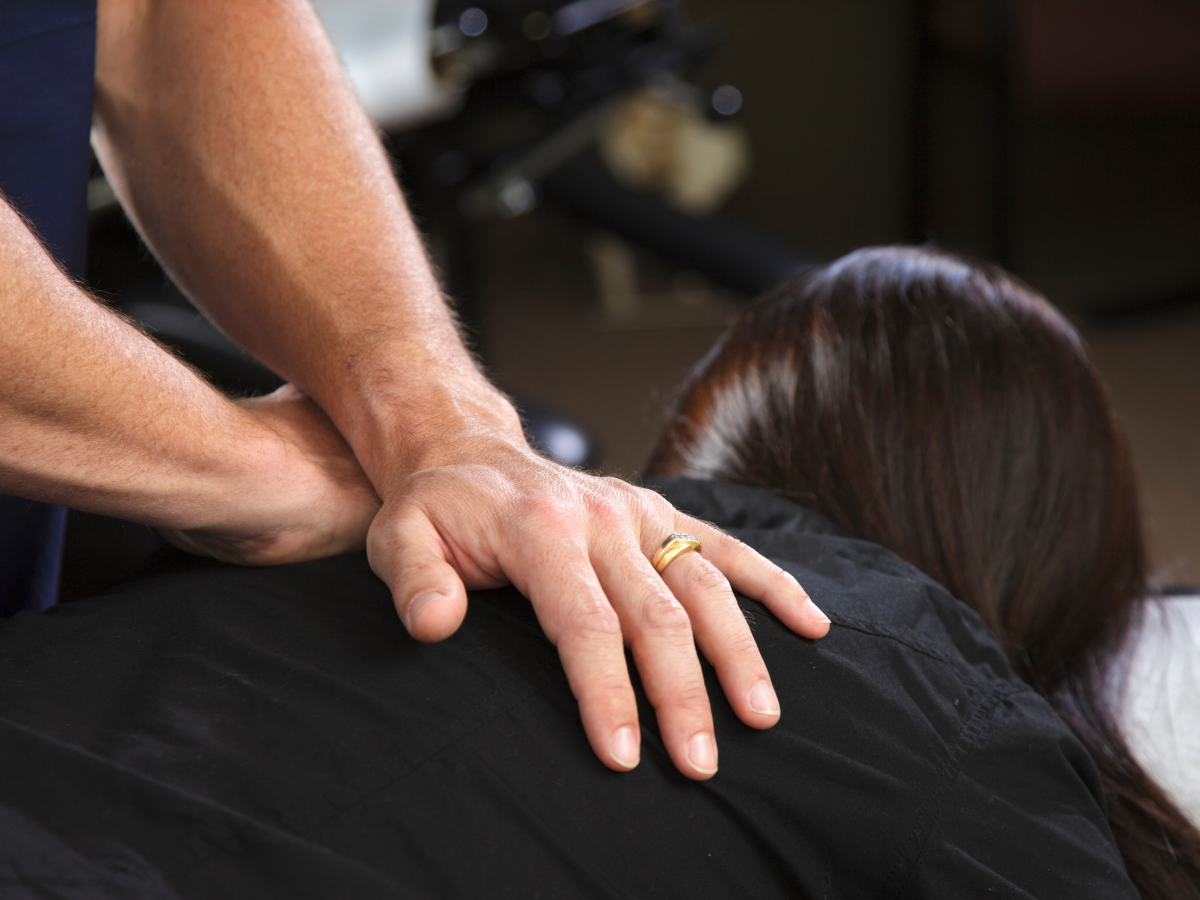How Can a Chiropractor Help With Back Strain From Shoveling?
When winter arrives, snow shoveling becomes a part of daily life for many homeowners. While it may seem like a simple chore, improper form and overexertion can easily cause back strain or even more serious spinal injuries. The repetitive bending and twisting required to clear snow often lead to muscle fatigue and inflammation, especially in the lower back.
If you’re experiencing stiffness or pain after shoveling, visiting a chiropractor can help you recover faster, improve mobility, and prevent future strain.

Why Snow Shoveling Causes Back Pain
Shoveling snow is one of the most common winter activities linked to acute back injuries. The combination of heavy lifting, cold temperatures, and awkward body mechanics places significant stress on the spine.
The most common causes of shoveling-related back strain include:
- Improper lifting technique: Bending at the waist instead of the knees increases pressure on the lower spine.
- Twisting while throwing snow: Rotational strain can pull or tear muscles supporting the lumbar region.
- Overexertion: Moving wet, heavy snow repeatedly leads to muscle fatigue.
- Cold muscles: Low temperatures reduce flexibility, making the back more susceptible to injury.
Even minor strains can worsen over time if left untreated, leading to chronic pain and decreased range of motion.
How Chiropractic Care Helps Relieve Back Strain
Chiropractors specialize in diagnosing and treating musculoskeletal injuries, including those caused by physical exertion like shoveling. Treatment focuses on restoring alignment, reducing inflammation, and improving flexibility.
1. Spinal Adjustments for Pain Relief
Gentle chiropractic adjustments help realign the spine, relieving tension and pressure caused by strained muscles. By improving spinal mobility, adjustments enhance blood flow to the affected area and speed up the healing process.
2. Muscle Therapy and Stretching Techniques
Many chiropractors incorporate soft tissue therapy and therapeutic stretching to relax tight muscles and improve posture. These techniques reduce stiffness and help prevent muscle spasms that often occur after repetitive movement.
3. Posture and Lifting Education
One of the most effective long-term solutions for preventing back strain is learning proper body mechanics. Chiropractors teach safe lifting techniques—such as bending at the knees and engaging core muscles—to minimize spinal stress during future shoveling or lifting tasks.
4. Personalized Exercise Plans
A customized exercise program can strengthen the core, back, and leg muscles, helping the body withstand physical exertion. These exercises also improve balance and stability, making it easier to maintain proper form in cold, slippery conditions.
Preventing Back Strain During Future Snowstorms
To reduce your risk of injury when shoveling:
- Warm up before heading outside to loosen your muscles.
- Use a lightweight shovel to minimize lifting effort.
- Avoid twisting your back—pivot your feet instead.
- Take frequent breaks to stretch and rest.
- Keep up with chiropractic maintenance visits throughout the winter to maintain flexibility and alignment.
These small adjustments can prevent painful back strain and keep your body healthy through the snow season.
Conclusion
If you’re suffering from back pain or muscle strain after shoveling, chiropractic care offers safe, effective relief. Through spinal adjustments, muscle therapy, and personalized strengthening routines, your chiropractor can help reduce pain, restore mobility, and prevent future injuries.
At Back2Health Chiropractor, we focus on long-term spinal wellness, not just symptom relief. Whether you’re recovering from a winter injury or looking to prevent one, our team can help you get back to comfort, movement, and balance.




